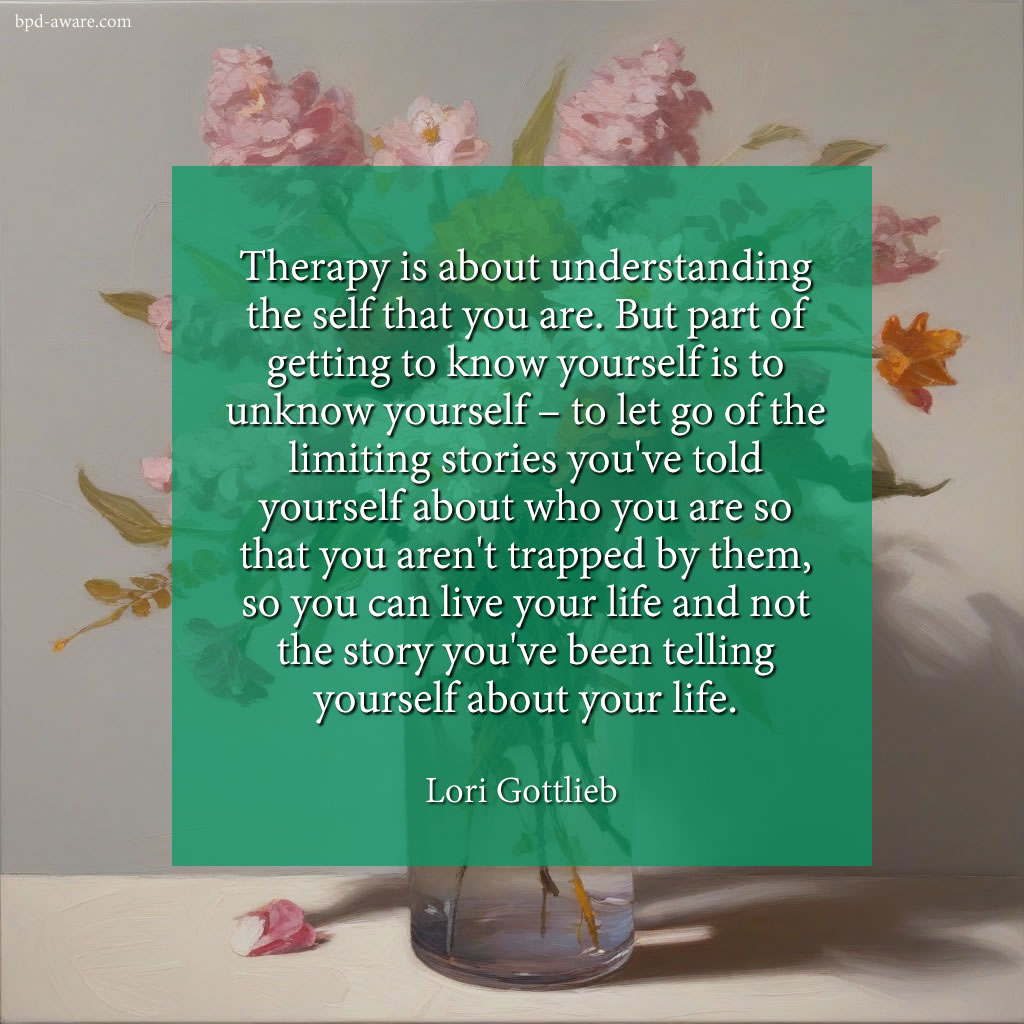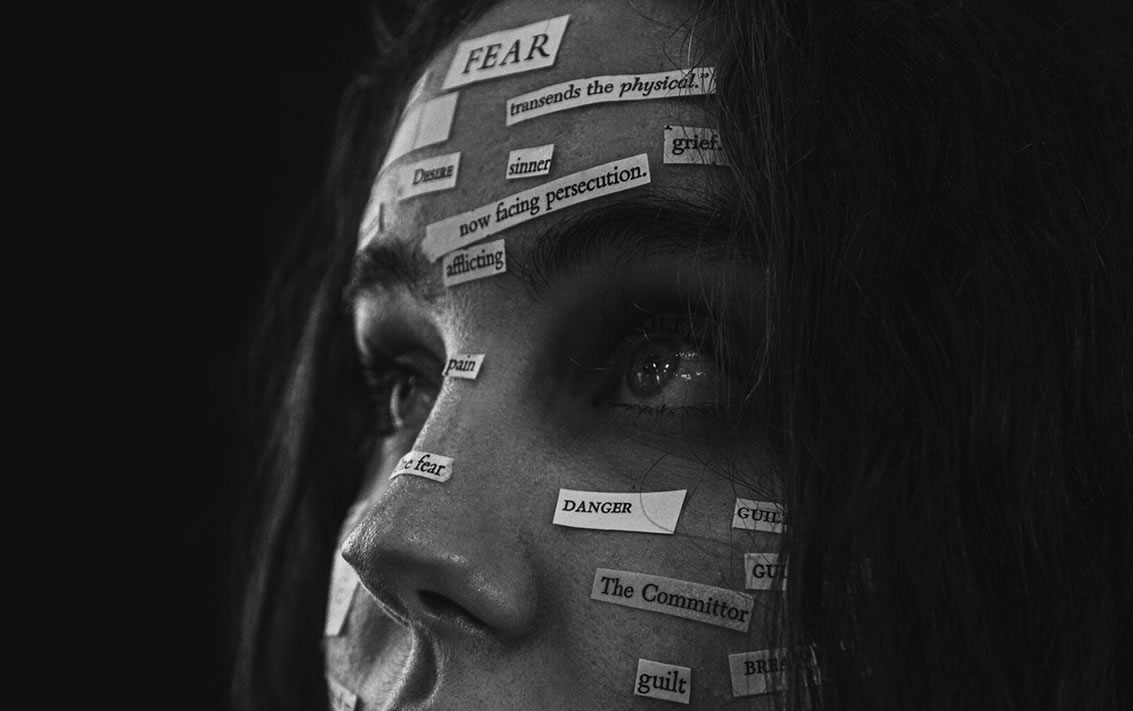Borderline Personality Disorder (BPD) is a complex mental health condition characterized by difficulties in managing emotions, maintaining stable relationships, and a fluctuating self-image. While BPD can be incredibly difficult to live with, it can be managed and treated. Seeking therapy is a brave and important step toward managing BPD, but it can be challenging to find the right fit. This article is dedicated to guiding you on how to find a therapist who can effectively support you on your journey and aid your recovery from Borderline Personality Disorder.
Recognizing BPD Symptoms
Before you start your search to find a therapist, it’s crucial to understand the symptoms of BPD. Common signs include intense emotional reactions, fear of abandonment, unstable relationships, and a wavering sense of self. Recognizing these symptoms can help you articulate your needs to potential therapists.
It can be helpful to write down the symptoms that you regularly experience and the affect they have on you. By sharing these with a therapist, they will be better able to work with you to improve your BPD symptoms.
Symptoms you’ll want to take note of include:
Fear of Abandonment: People with BPD often fear being abandoned, rejected, or left alone. Even something as innocuous as a loved one arriving home late from work may trigger intense fear. This fear can lead to frenetic efforts to avoid real or imagined abandonment.
Unstable Relationships: Individuals with BPD tend to have intense, short-lived relationships. They may idealize someone one moment and then suddenly believe the person doesn’t care enough or is cruel.
Unclear or Unstable Self-Image: A person with BPD might have a significantly distorted self-image or sense of self. They may feel good about themselves one day but feel they are bad or don’t exist at all on another day.
Impulsive, Self-Destructive Behaviors: People with BPD may engage in harmful, sensation-seeking behaviors, especially when upset. This can include reckless driving, binge eating, drug or alcohol abuse, or self-harm.
Self-Harm: Suicidal behavior, gestures, threats, or self-mutilating behavior are common in people with BPD.
Extreme Emotional Swings: Emotional instability is a hallmark of BPD. Intense periods of anger, depression, or anxiety can last from a few hours to a few days.
Chronic Feelings of Emptiness: People with BPD often state they they feel empty inside, as if there’s a void or hole within them. At times, they may feel “numb” or “hollow.”
Explosive Anger: Individuals with BPD may struggle with irritability and intense anger. They may also have trouble returning to a calm state once they’ve lost their temper.
Feeling Suspicious or Out of Touch with Reality: Paranoia and dissociation might occur in people with BPD, especially under stress. They may lose touch with reality or feel as though things around them aren’t real.
Identifying Therapy Goals
Define what you hope to achieve through therapy. Goals may include better emotion regulation, improved relationships, or a stronger sense of identity. These objectives will guide you in finding a therapist whose expertise aligns with your goals
As you undergo therapy and hit certain targets, you may find that you wish to push yourself further with those particular goals or work on new goals. This will likely come up with your therapist as you begin to make progress.
Some goals you might want to consider include:
Improving Emotional Regulation: Learning to recognize, understand, and manage intense emotions. This involves developing skills to tolerate distress without resorting to self-destructive behaviors.
Enhancing Interpersonal Skills: Working on building healthier, more stable relationships. This includes learning how to communicate effectively, set boundaries, and understand others’ perspectives.
Reducing Self-Harming Behaviors: Developing strategies to cope with and reduce self-harming behaviors, including substance abuse, self-mutilation, or suicidal thoughts and actions.
Building a Stable Self-Image: Focusing on creating a more coherent and stable sense of self. This involves understanding one’s identity and values and working on self-esteem issues.
Managing Anger and Impulsivity: Learning techniques to control anger and impulsive behavior. This can involve mindfulness, relaxation techniques, and other coping strategies.
Developing Mindfulness Skills: Mindfulness can help individuals with BPD be more aware of their thoughts and feelings in the moment without judgment, reducing the intensity of emotional reactions.
Addressing Paranoia and Dissociation: If these symptoms are present, therapy can help in understanding and coping with these experiences, and in staying grounded in reality.
Handling Fear of Abandonment: Working through fears and expectations around abandonment and rejection, and developing a more secure attachment style.
Building Resilience to Stress: Developing tools and strategies to better manage and respond to stress healthily.
Fostering Independence: Encouraging autonomy and decision-making skills, helping the individual feel more in control of their life.

Researching Therapeutic Approaches
Dialectical Behavioral Therapy (DBT)
DBT is a widely recognized therapy for BPD and is considered to be the best treatment for most people with BPD. It focuses on teaching techniques to manage emotions, reduce self-destructive behaviors, and improve relationships. When looking to find a therapist, inquire about their experience with DBT and their approach to integrating these techniques.
You can find out more about DBT by reading our article here.
Schema Therapy
Schema Therapy is another effective approach for BPD, addressing deep-rooted patterns or schemas. Therapists using this method help you identify and change these negative patterns. Ask potential therapists about their familiarity with Schema Therapy and its application for BPD.
Click here to discover more about Scheme Therapy and how it works for people with BPD.
Cognitive Behavioral Therapy (CBT)
CBT is a common therapy approach that can be beneficial for BPD. It focuses on recognizing and altering negative thought patterns. A therapist skilled in CBT can help you understand the impact your thoughts have on your emotions and behaviors. Both DBT and Schema Therapy are partially based on principles from CBT.
To find out more about Cognitive Behavioral Therapy click here.
Mindfulness-Based Therapies
Mindfulness practices can help in managing the symptoms of BPD by promoting present-moment awareness and acceptance. Therapists who integrate mindfulness techniques can support you in developing coping strategies for emotional regulation.
The Search Process
Utilizing Online Directories
Online directories are a great starting point. Look for platforms specializing in mental health where you can filter therapists by specialty, including those experienced in BPD.
A few directories you might like to try include:
- https://www.psychologytoday.com/us/therapists
- https://www.findatherapist.com/
- https://mentalhealthmatch.com/
- https://www.therapyden.com/
Seeking Recommendations
Don’t hesitate to ask for recommendations from healthcare professionals, support groups, or friends who understand your journey. Personal referrals can lead you to therapists who have been effective for others with BPD or similar mental health issues.
Evaluating Therapist Credentials
Remember to ensure the therapists you consider are licensed and have relevant experience. Look for certifications or additional training in therapies effective for BPD. A therapist should have these listed on their website or be able to answer questions about their qualifications and experience.
Initial Consultations
Most therapists offer initial consultations. Use this opportunity to discuss your symptoms, and goals, and ask about their experience with BPD. Notice how comfortable you feel with them – a good therapeutic relationship is key to successful therapy.
Depending on certain factors like the therapist’s level of experience and how competitive the market is, some therapists offer free consultations – and some don’t. It’s not necessarily an indicator of how “good” a therapist is but if money is tight then trying to find ones that offer free consultations is something to consider.
Preparing for Therapy
Setting Realistic Expectations
Therapy is a process, and progress with BPD can be gradual. Set realistic expectations and be open to the journey of self-discovery and growth.
Most therapy programs for Borderline Personality Disorder take at least six months and can run as long as two years. During that time you should expect to see progress but remember that progress isn’t always linear. Sometimes you might feel like you’re making significant progress. Other times you might feel like you’ve taken one step forward and two steps back. That’s a normal part of the process.
Committing to the Process
Consistency is crucial in therapy for BPD. Commit to attending sessions regularly and practicing the skills you learn outside of therapy. You should try to avoid canceling sessions unless you are too physically ill to attend. Even then, most therapists will be happy to switch to a telephone session.
Missing a session might not feel like a big deal but it can quickly become a bad habit when you back out just because you don’t feel like it. Regular attendance and practicing the skills you learn in therapy is a must.
Openness to Change
Therapy may challenge your existing beliefs and behaviors. Embrace this with an open mind and willingness to explore new perspectives. Being more open to change involves developing a mindset that embraces flexibility, curiosity, and a willingness to step out of your comfort zone. Ironically enough, therapy itself can help with this.
Before you begin therapy though it can be helpful to try and experience a few new things to help open your mind a little. This can be as simple as visiting somewhere you’ve never been before or reading a book in a genre you wouldn’t normally read. New experiences can help make your mind more flexible and open to change.

Final Thoughts
Finding the right therapist for BPD can be a transformative step in your journey toward healing and self-improvement. Remember, the right therapist is out there, and with patience and persistence, you can find a professional who resonates with you and your needs. It takes commitment, hard work and dedication but you can recover from Borderline Personality Disorder and live a much happier, more stable life.
Feel free to ask questions or share your experiences in the comments below.
Sources, Resources, and Further Reading
- A step-by-step guide to finding a therapist: https://www.npr.org/sections/health-shots/2023/07/02/1185661348/start-therapy-find-therapist-how-to
- How to Find a Therapist: 8 Tips from Experts on Searching for the Right Fit: https://www.healthline.com/health/how-to-find-a-therapist
- How Do I Find a Good Therapist?: https://www.apa.org/ptsd-guideline/patients-and-families/finding-good-therapist
- Seeking Help for BPD: Tips for Finding the Right Therapist: https://growtherapy.com/blog/how-to-find-bpd-therapist-near-me/
















